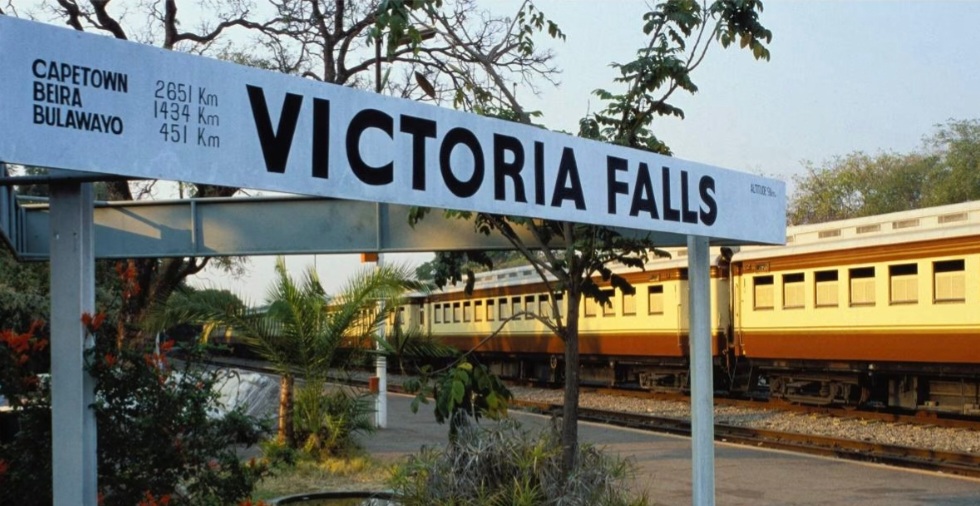BY NOKUTHABA DLAMINI
Some Victoria Falls residents are resorting to recycling water for household chores due to prolonged water shortages that started worsening two months ago.
Victoria Falls, which lies on the banks of the mighty Zambezi River, has been experiencing perennial water shortages due to the local authority’s limited pumping and reticulation system.
The most affected areas are high density suburbs of Mfelandawonye, Garikai, BC847, Mkhosana and Chinotimba.
“To flush the toilets, we now use water that would’ve been used to wash the plates or for laundry and at times we bath once a day or never because we have no other means of getting water,” said a Mfelandawonye.
Residents said the situation has forced them to forego daily bathing even for school going children.
“We spend days without bathing and even our children go to school without bathing yet the bill for water continues to go up,” the resident added.
“Our tapes are always open and we risk our lives every night to check for water at night as elephants will be roaming around our houses while hyenas will also be scavenging for food in the bins.
“It is not safe and the council seems not to understand our plea.”
Another resident from the same area said what made her situation worse was that she had a burden of looking after young children and a disabled person.
“We have gone for two months without water, at times the water comes at night for a short while and that allows us to fill one bucket before the taps run dry again,”she said.
“As women, the challenge that we face is that of failing to clean our houses, washing clothes and even looking after the children.
“I live with a disabled elderly person, and he can’t relieve himself in the bush so all the water that we use after washing the plates or clothes we use to flush the toilet and that has made our living a nightmare.”
Another disabled resident, who identified himself as Chipepura, said the water shortages had seriously affected his way of life.
“With my condition I cannot go and relieve myself in the bush and I have no means to get drinking water,” Chipepura said.
“I rely on my neighbours to assist me. So our plea is for council to consider disabled people like us and they should treat Mfelandawonye residents the same way as other people are being treated.”
Council blamed the prolonged water shortages on rising demand in summer.
“During the dry season water demand rises above supply hence there are critical water shortages,” council said.
“The council has a water sanitation and hygiene programme to address (the problems) holistically.”
However, the Victoria Falls Combined Residents Association blamed the water crisis on alleged mismanagement of funds and corruption in the local authority.
Residents recently submitted a petition to government ministries and speaker of Parliament Jacob Mudenda asking them to investigate the corruption allegations against council.
Victoria Falls ratepayers also boycotted council’s recent 2023 budget consultations in protest against the alleged corruption.

 Slider3 years ago
Slider3 years ago
 National4 years ago
National4 years ago
 Tourism and Environment4 years ago
Tourism and Environment4 years ago
 Opinion4 years ago
Opinion4 years ago
 Special reports4 years ago
Special reports4 years ago
 National4 years ago
National4 years ago
 National3 years ago
National3 years ago
 National3 years ago
National3 years ago



